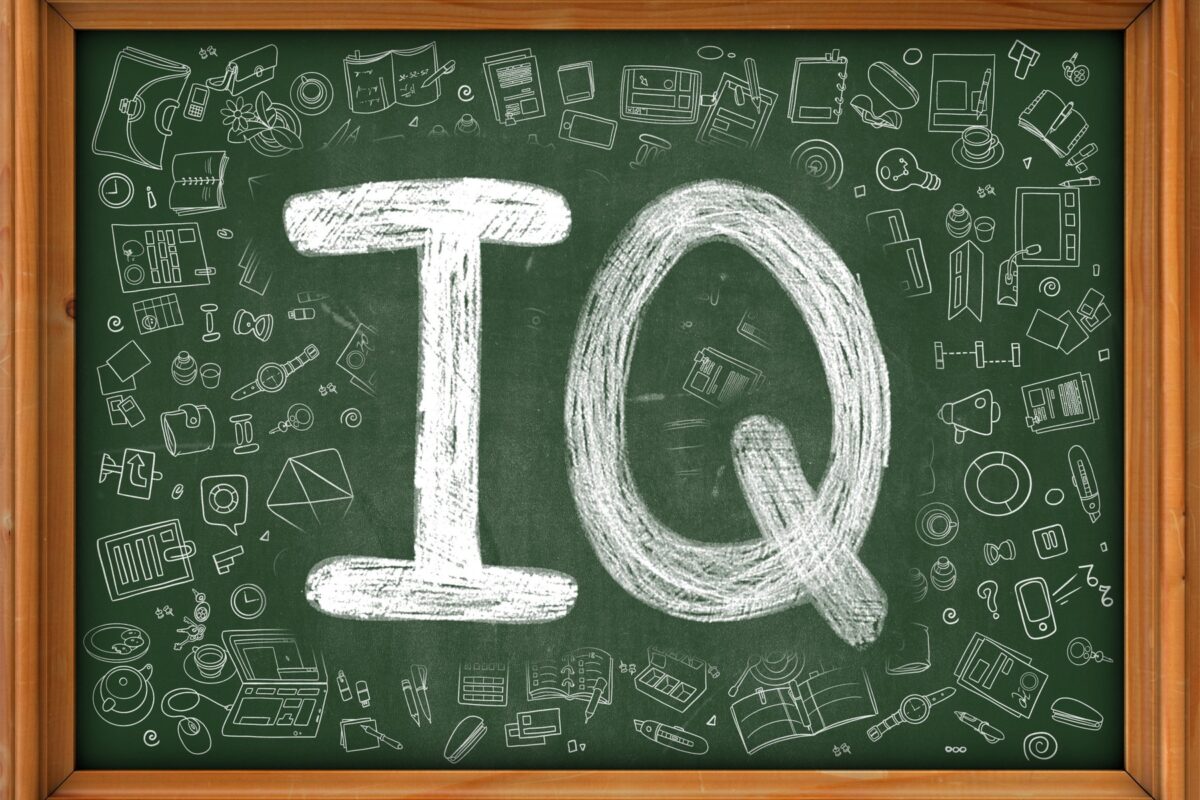The Cattell–Horn–Carroll model, a benchmark in cognitive psychology, is now used as the basis for psychological tests to describe intelligence.
The IQ, first described in 1905 by German psychologist William Stern, is widely used to describe an individual’s intellectual ability. However, other more recent models, such as Cattell-Horn-Carroll, which is now used as a reference in cognitive psychology, provide a more detailed view of intellectual ability.
This model bears the names of three researchers because it has been enriched over time. In the 1940s, Raymond Cattell distinguished between two types of intelligence. Fluid reasoning characterises the ability to solve new problems, while crystallised intelligence refers to knowledge and skills acquired through education and experience. In 1960, John Horn added other abilities. Finally, in the 1990s, John Carroll conducted a meta-analysis of studies carried out in the 1960s and 1970s, which enabled him to propose the pyramid system.
A capacity common to all intellectual tasks
At the top, the g factor is ultimately similar to IQ. It is used to take intelligence into account in a general way: it characterises our ability to reason, learn and adapt to new situations. Scientists have observed that it is strongly correlated with academic success and professional performance.
Ten abilities in stratum II
On the second level of the pyramid are ten abilities, including fluid reasoning and crystallised knowledge. It also includes visual processing, which allows us to mentally represent objects. Auditory processing, for example, allows us to recognise a foreign accent or understand a conversation in a noisy environment.
Cognitive speed is useful for performing tasks quickly, such as finding information on a web page in a matter of seconds. Short-term and long-term memory are two other abilities that make up an individual’s intelligence.

Memory is not unique and can be broken down into two types: long-term memory and short-term memory. The former is used, for example, to remember what happened last year, while the latter is used to remember a phone number that has just been given to us.
One of the skills concerns reading and writing, with the ability to write without spelling mistakes, in particular. Are you good at mental arithmetic and maths? Then your quantitative reasoning must be good. Finally, it’s not just the brain that counts!
The last skill, called psychomotor speed, refers to the ability to type quickly on a keyboard or react quickly in a video game. Each of these abilities is broken down into sub-skills to add more detail to the model.
Currently, more and more neuropsychologists are using this model in the tests they give their patients. Although IQ is provided to give an overall idea of intelligence, some tests – such as the WAIS-V (Wechsler Adult Intelligence Scale) – break down the results into several indices in order to obtain a more detailed cognitive profile that highlights the strengths and weaknesses of patients.

